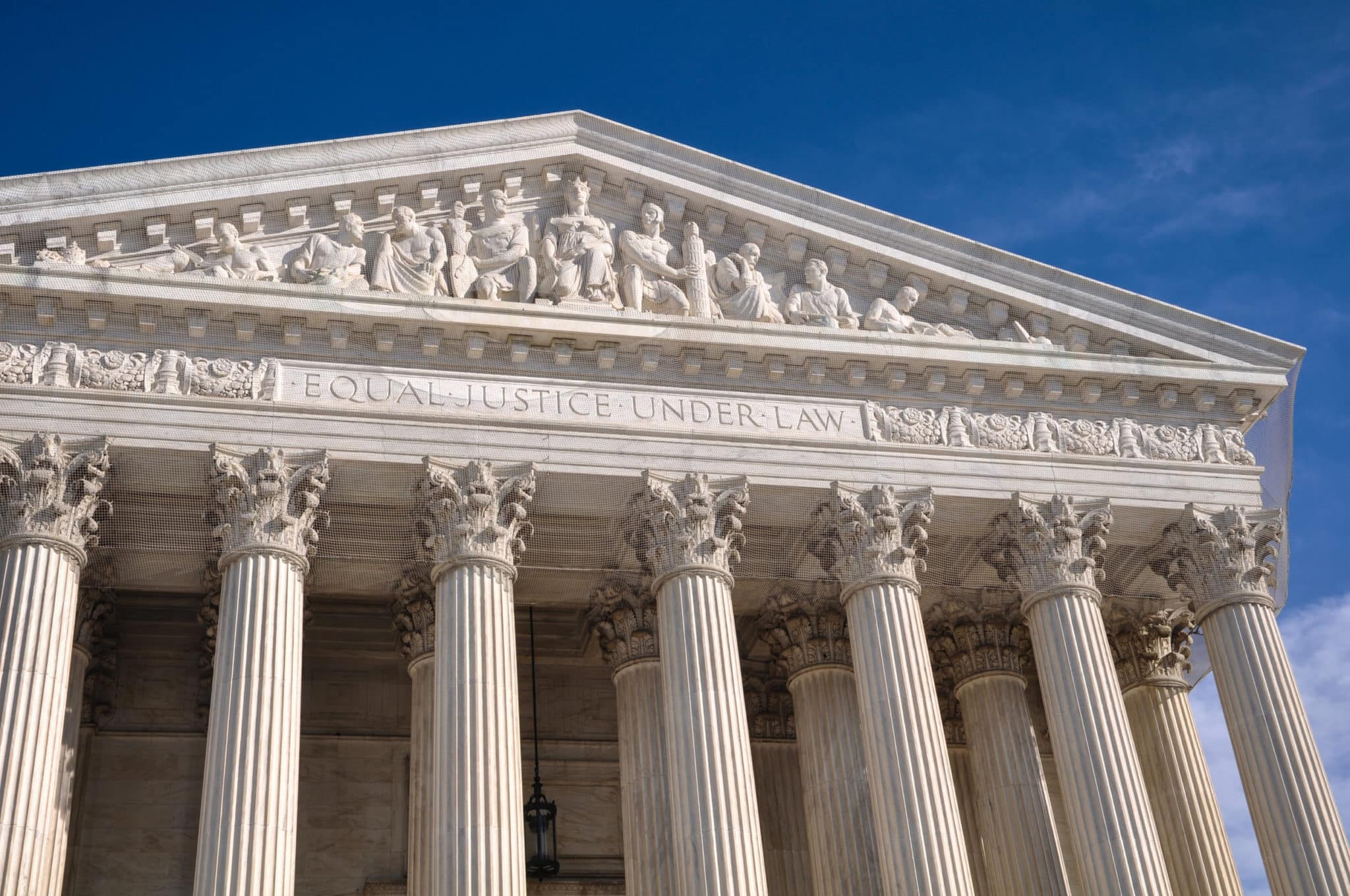
Findings from the Presidential Commission on the Supreme Court indicate that the idea of adding justices would not create a balance in Constitutional interpretation. The findings also suggest the idea of rotating judges. The commission doubted that expanding the court would achieve a true diversity of efficiency, even suggesting that a larger court would not actually worsen overall efficiency.
The report arrives after several Democrats had previously requested Biden use his presidential powers to add to the Supreme Court’s current headcount of nine. These Democrats claimed that the Republican party had unfairly secured a conservative majority due to the efforts of the previous president, a man who filled three vacancies in the court in his sole term as the head of state and government for the United States of America.
President Joe Biden, whom had previously expressed disdain for the idea of adding to the court’s roster, responded to the requests of those Democrats by establishing a commission to analyze the pros and cons of expanding or reforming the Supreme Court. However, the commission also pointed to risks connected to expansion of the court, including notation of recent poll results. These results stated that the majority of the American people were not in favor of expansion and noted that one expansion could lead to greater and greater numbers of serving supreme court justices in the future.
The report goes on to suggest that any reform to the Supreme Court would necessitate a unified government. It also notes that the risk of lost efficiency and similar issues would need to be recognized. It even cited one suggestion that consequences of expanding the Supreme Court as one party gained a majority in the Senate could contribute to a scenario where the court would have as many as 63 justices within 100 years.
The commission suggested one alternative notion to expanding the number of justices. The notion of a rotation system would swap out judges between the Supreme Court and various lower courts at the federal level. Ever aware of its role, the commission tempered this notion with the reality that such an interpretation of law could require constitutional assessment.
Specifically, the idea of a revolving list of Supreme Court Justices could run afoul of Article III, Section 1 of the Constitution. This one passage dictates that the country’s judicial power should be found in only one Supreme Court but also within inferior courts should Congress deem it necessary. Lastly, the report remarks that even a rotation system could run into problems, even if such a system were allowed to be implemented. These sorts of problems include the same issues that the commission cited with expansion, namely a loss of efficiency in the court’s ability to make a judgement.
A Brief History on the Supreme Court’s Head Count
Most people are now familiar with the idea that the Supreme Court does not have a legally dictated number of seats and its roster has been expanded several times over the years.
- The earliest version of the court consisted of six men; John Jay was appointed chief justice and five other men served as associate justice. Notably, Robert H. Harrison turned down the position, chosen by George Washington, and Harrison’s seat was given to James Iredell.
- The first change to the Supreme Court’s roster would occur in 1807 and added a seventh seat.
- The second change to the Supreme Court’s roster happened 30 years later and saw to the addition of two more seats.
- The third change to the Supreme Court’s roster brought the total number of seats to 10 in 1863.
- The current limit of nine seats has been the status quo since 1869, thanks in part to the Judiciary Act of 1869.
- President Franklin D. Roosevelt tried to expand the court in 1937. His goal was to appoint one additional justice for every justice that had reached 70 years and 6 months of age but did not choose to retire, to a maximum capacity of 15. This attempt was considered unconstitutional by even Roosevelt’s own party and the motion died on the Senate floor with only 20 of the 90 senators voting to instate the policy.





